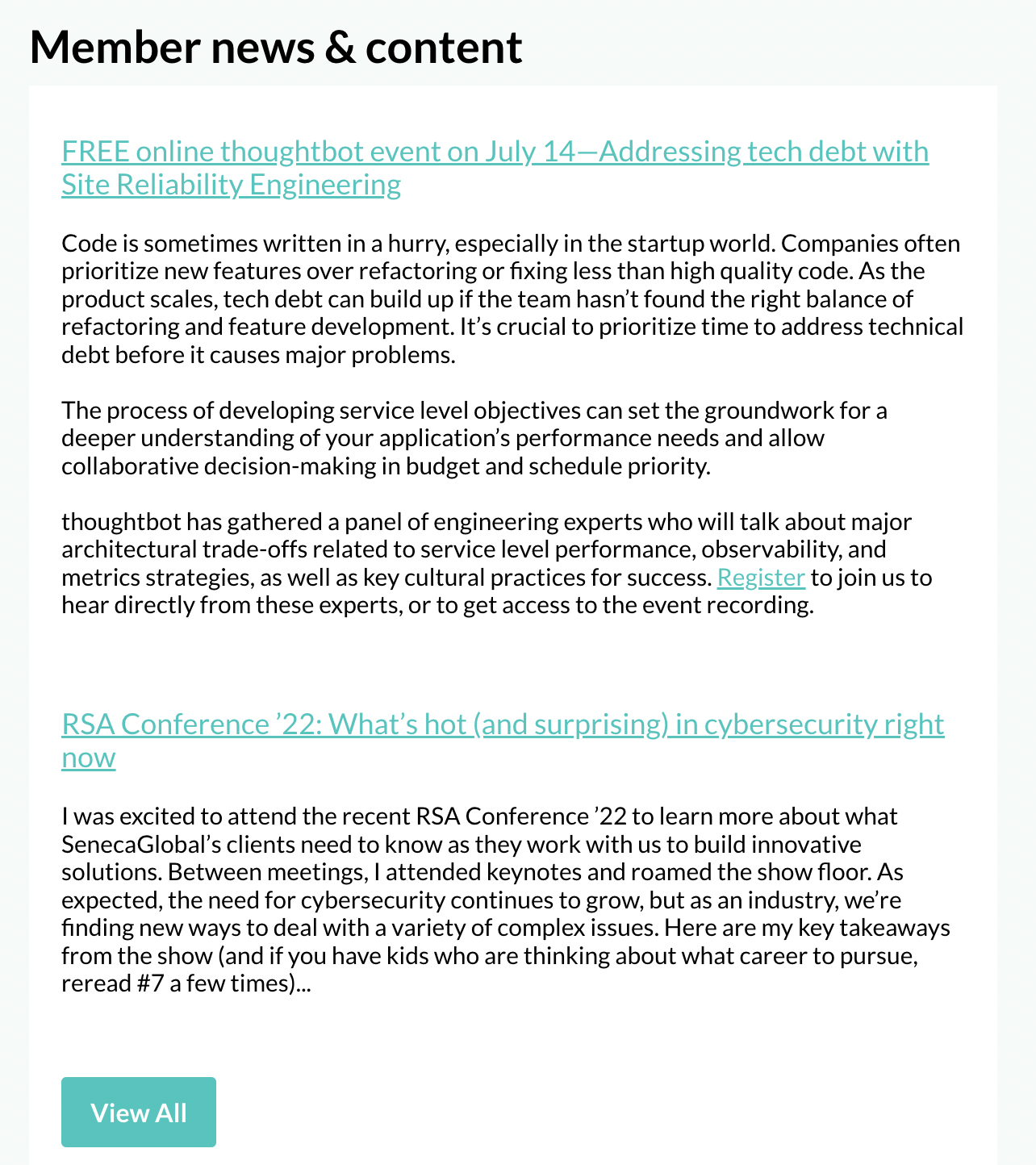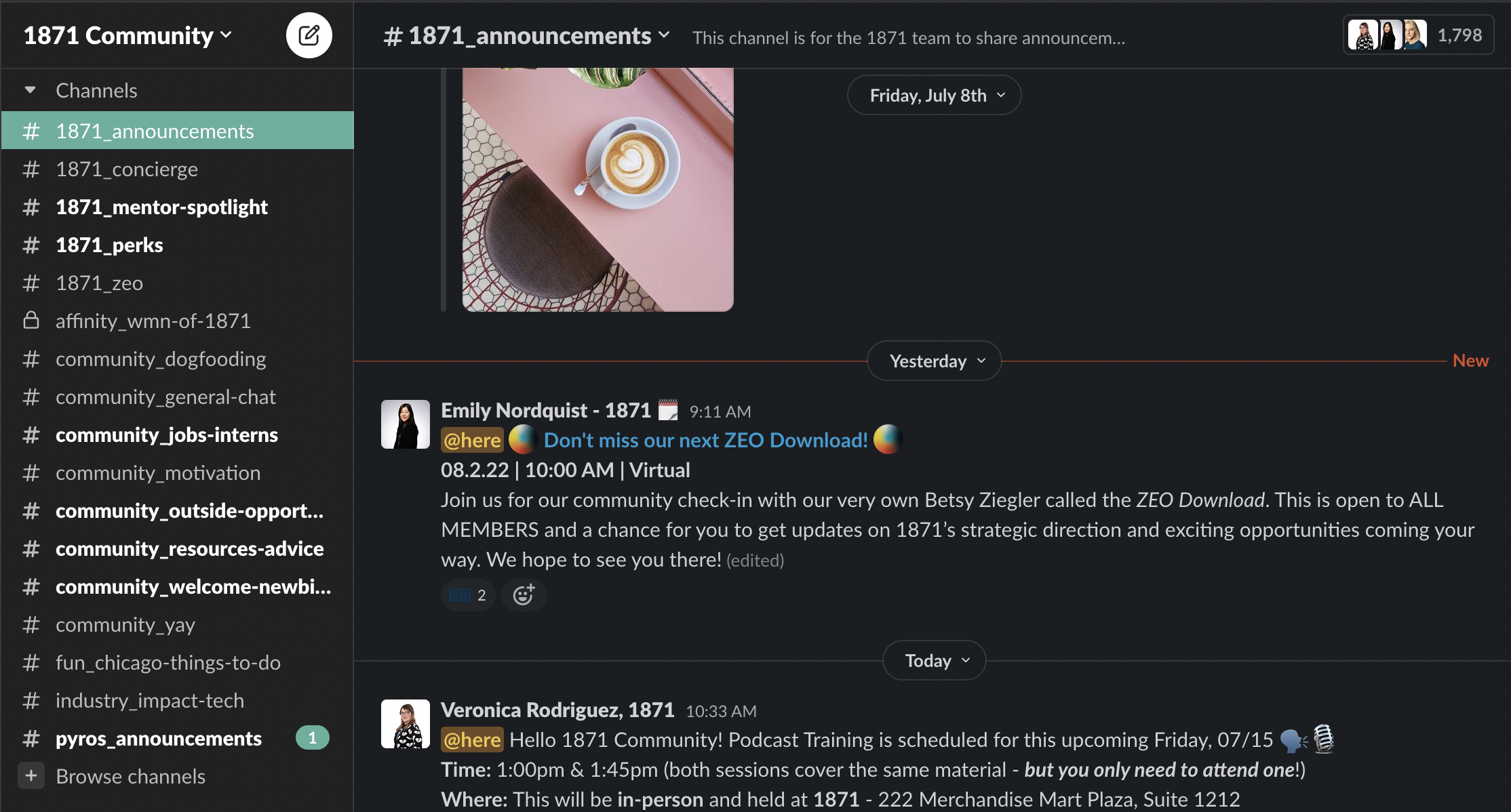Hybrid work, inflation, a volatile labor market and diversity, equity and inclusion (DEI) are spurring HR leaders to reexamine and retool their people strategy. Learn how to cope with these radical changes and better prepare for the future even when under-resourced.
Authors: Ruby HamacherKathleen Schulz Amanda Sheps
Recent years have left overwhelmed HR teams with competing priorities in an environment where many employee needs and expectations have radically changed. Hybrid work, a volatile labor market and diversity, equity and inclusion (DEI) concerns are requiring them to reexamine and retool their people strategy.
That’s not all. Add on the effects of both price and wage inflation, and the need for an updated approach to benefits and communication couldn’t be clearer. While managing the challenges of significant change, HR is also tasked with maintaining a positive employee experience that drives attraction, engagement and retention.
Strategies for coping with pressure and preparing for the future
During the pandemic, the dedicated efforts of HR personnel in response to a global crisis spotlighted their value. Recognition may be long overdue, but their ongoing involvement in resolving unfamiliar and complex or sensitive issues — on top of routine people management — has been incredibly taxing.
In 2022, most employers describe their HR team as either somewhat (52%) or very (21%) overburdened.1 As resilient as HR employees can be, a persistent incapacity to meet the time and energy demands of their jobs can pose a threat to their health and the organization’s wellbeing.
Securing essential talent in a destabilized environment is a proactive investment. By strengthening support for HR now, organizations help protect themselves against future unknowns. This central function serves as a key driver of the employee experience and operational outcomes.
Technology solutions can improve efficiencies, while processes can be adapted to alleviate procedural bottlenecks. Ensuring adequate staffing levels through recruiting is fundamental to optimizing the HR work experience. Inherently, organizations look to their HR leaders to model positive cultural attributes. But performing these pivotal roles can invite burnout, which makes self-care resources a necessity.
Changing HR competencies and strategic imperatives
Required competencies for HR staff are changing as workforce and labor market dynamics evolve. They increasingly emphasize strategic planning aligned with the direction of the organization, which requires the ability to collaborate and delegate across functions. Underscoring the importance of this shift, some employers are creating cross-functional departments to synergize ideas and efforts to better support the employee experience.
“Technology solutions can improve efficiencies while processes can be adapted to alleviate procedural bottlenecks.“
Supporting tools and other resources may also need a refresh. By evaluating existing tools and other resources, employers can identify any gaps that should be filled. Also important is establishing dedicated HR channels that streamline the assignment of communication tasks, such as messaging, which allows HR leaders to focus ahead on strategic priorities.
Refocusing on the employee value proposition (EVP)
Flexibility has become a prerequisite for adjusting to constant change brought on by market forces, including the latest inflation challenges that compromise the power of pay to attract and retain talent. While HR teams focus on keeping benefits spend competitive but affordable in an unsteady economy, employees increasingly seek out companies that put purpose over profit.
Showing appreciation for the value of individual effort connects employees to the organization — and it’s essential to cultivating engagement. To this end, elevating purpose, strategy and values should be a top priority.
Just a few years ago, many HR leaders invested considerable time, money and strategic intent in the EVP. And then the pandemic arrived, causing organizational challenges and workforce changes that distracted their teams from this crucial focus. Twenty-three percent (23%) of employers now place a high priority on developing or implementing an EVP.2
Sweeping change, still in progress, provides new insights into improvement potential. Shifting the EVP’s emphasis — and some of HR’s attention and limited time — from pay and benefits to experiential interests like career development and flexible policies may better fit the times. An organizational purpose that resonates with employees and a commitment to equitable opportunities are also highly influential.
Making DEI a strategic priority
Diversity may be a data point, but the decision to equitably support all employees is an organizational responsibility that heavily involves HR. Thirty-four percent (34%) of employers believes their current level of commitment to DEI will continue through 2024, while 66% think it will increase. No employers expect a decrease.1
Integration of DEI into the organization has already been achieved to some extent by 83% of employers. For 45%, the main focus is on compliance, but there is some leadership involvement, and grassroots diversity networks may exist. Where it’s significantly integrated, 31% of leaders understand and appreciate the business case, and have communicated a DEI vision and strategy to employees. Also, the strategy includes dimensions beyond race, age, gender and disabilities. That leaves 7% whose C-suite treats DEI integration as a top priority. Leaders are accountable to objectives, and principles and practices are integrated into all talent strategies and business systems.1
Appreciating different employee perspectives, while remaining sensitive to societal issues and historical contexts, supports better HR interactions with employees and guides better decisions.
By listening first, HR leaders and other team members can improve the thoughtful development of DEI programs and messaging, so they land with the intended tone and deliver targeted outcomes. An analytic workforce assessment adds another dimension, potentially providing direction on engagement, benefits and retention strategies, and helping to identify any misalignment of current HR practices and policies.
Supporting HR goals by improving management communications with employees
Well-crafted HR policies typically produce better results when they’re authentically communicated and actively demonstrated at all levels in all departments, and when staff is accountable to meeting goals and objectives. Not surprisingly, 81% of organizations changed their expectations of leaders and people managers in their roles as communicators over the past 12 months.2
Now, to make HR messages more relatable and effective, wording and tone often project more sincerity and empathy when acknowledging employee stress and other challenging experiences. But not all people managers — even within communications and HR teams — are proficient in these skills. Twenty-seven percent (27%) of employers cite poor communication skills among this group as a top challenge, and 31% consider this deficiency a top priority to address in 2022.2
Focusing too much on what to say and too little on the desired outcome is a common messaging oversight. Instead, when the intended response is identified up front, whether simple awareness or a specific reaction, it informs the structure, content and tone of the message. Communication training for people in key roles can help organizations keep messaging clear and consistent.
When people managers have specific expectations for employees, it’s important for them to be explicit. Being explicit may require including not only “the what,” but also “the why” in messages. Equally important for leaders as well as managers is providing ample opportunity and a psychologically safe environment for employees to speak out.
Using employee feedback to inform HR and other business decisions
47%
of organizations consistently share
employee survey results and action
plans with their workforces
Conducting employee surveys may seem simple enough on the surface, but extracting optimal value from the results is an entirely different exercise. Participants often appreciate the organization’s interest in their opinions and anticipate learning about the findings. However, while employees want to be heard, only 47% of employers consistently share results or subsequent action plans.1
To maintain trust and a strong culture, any actions HR teams take should align with the EVP in spirit. Transparency is particularly important when the organization is undergoing change, and workforce disruptions may not be readily apparent to leadership.
Soliciting feedback without a path for sharing results with employees or explaining how the data will be used can raise doubts about the true intent. And if there’s no platform for discussion, employees may feel overlooked, devalued or disengaged.
Greater appreciation for the value of HR leadership coincides with employees’ higher expectations for their work experience. But investments are needed to develop individual and organizational competencies that sustain and strengthen HR’s capacity to perform at their best. Meeting talent goals and contributing to growth, without feeling squeezed, requires HR team members to have a strong and resilient support structure.
The state of flux in the world that’s affecting economies and businesses has forced changes to talent management. Yet these disruptions also create timely opportunities to make improvements that position organizations for future success. Examining organizational values, such as DEI, could easily become a missed opportunity. Moving toward more equitable policies and practices now will boost engagement going forward, which is so vital to achieving operational goals, strengthening the employer brand — and competing better in any labor market.
Learn about the latest trends in compensation, benefits, healthcare consumerism and more, to help you run a thriving organization in a volatile economic climate. Download the Q3 issue of Gallagher Better WorksSM Insights.
Originally published here.
Sources
1Gallagher. “2022 Workforce Trends Pulse Survey #2,” Jun 2022.
2Gallagher. “State of the Sector 2021/22,” Feb 2022.
Join as an 1871 Early Stage Member.
Attend info sessionSubscribe to our ICYMI newsletter.
Share this post:


